Planning a Wheelchair Ramp

We are excited to share our recently completed wheelchair ramp for a historic building in Washington DC. The building residents wanted a ramp that provides handicap accessibility for their residents. We designed the new ramp at the exterior of the building that slopes from the grade level to the basement level with interior elevators. The residents with a wheelchair now have handicap accessibility to all the levels of the building.
The process and construction required preparation of drawings and approvals from the Historic Preservation Office, Building Department and careful planning with Owners, Contractors and Manufacturers.
If you are planning to build a wheelchair ramp, also known as handicap accessible ramp (in a historic or non-historic building), it would be best to have a check list of design considerations before starting your project.
- Familiarize yourself with the International Building Code (IBC), American Disability Act (ADA) and American National Standards Institute (ANSI) A117.1 that determines rules and regulations for wheelchair ramps.
- Most of the states and local jurisdictions have adopted IBC governed by International Code Council. Always make sure to check with your local permit office for building code and permit requirements.
- Handicap ramp requirement is eight (8) percent slope, that means your ramp should not be steeper than one-unit vertical in twelve-units horizontal. For example, if you are planning a ramp for a height difference of twenty-four inches (2 feet vertical), it will require two-hundred and eighty-eight inches (24 feet horizontal) of floor space. Maximum vertical height allowed in any ramp is thirty (30) inches.
- Minimum ramp clear width is thirty-six (36”) inches, minimum headroom height is eighty (80”) and minimum landing width is sixty (60”) inches.
- The height of railings is between thirty-four (34”) and thirty-eight (38”) inches above walking surface. Handrail material can be wood or metal. We recommend finished wood handrail for interior ramps and corrosion-resistant metal handrail for exterior ramps.
- If the ramp is located at the exterior, plan for storm water drainage and connection to site drainage system.
- Safety comes first, consider slip-resistant finish material for the walking surfaces.


 As the hurricane season is fast approaching, it makes sense to have an architect and engineer look at possible areas of
As the hurricane season is fast approaching, it makes sense to have an architect and engineer look at possible areas of 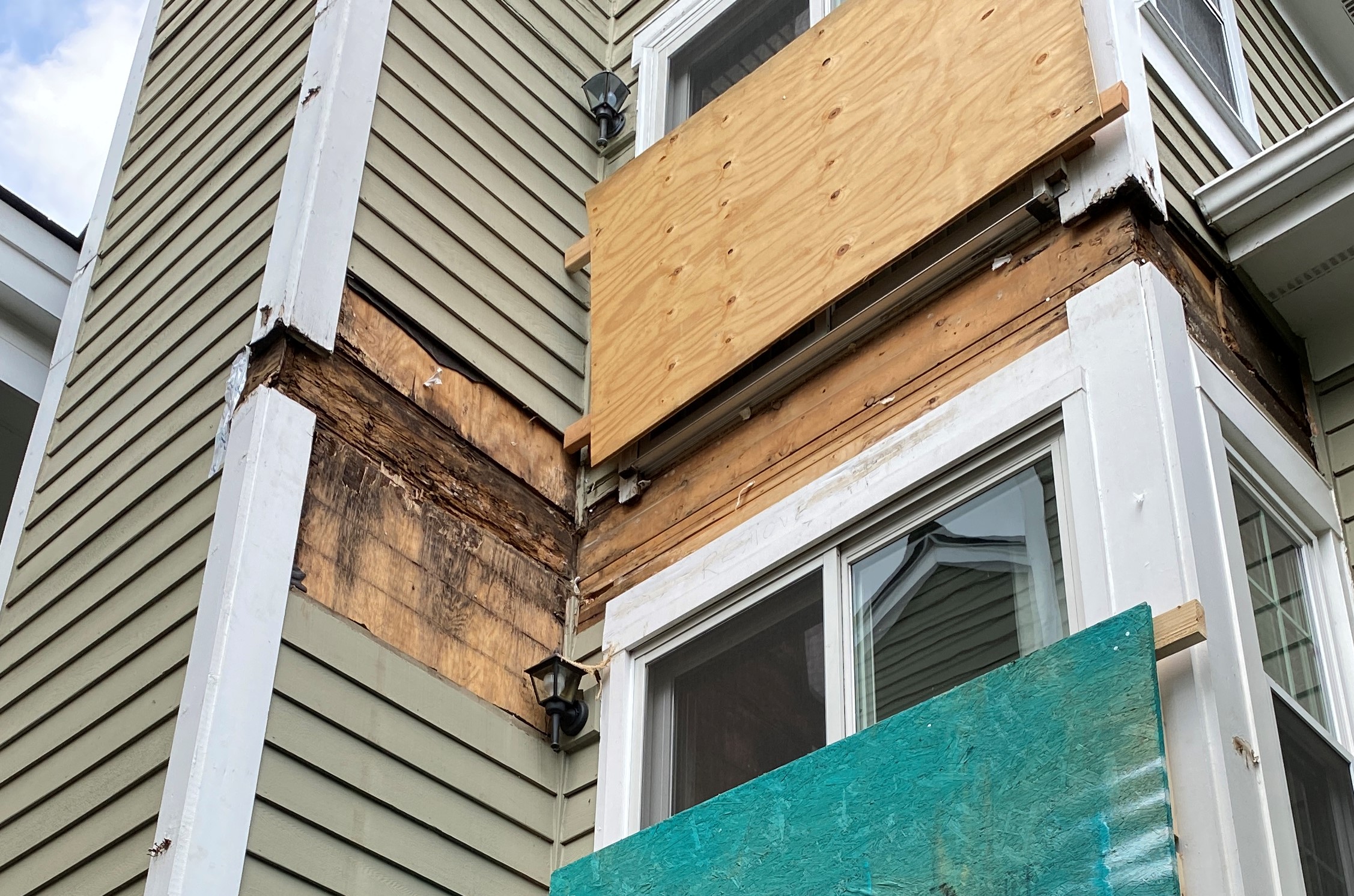
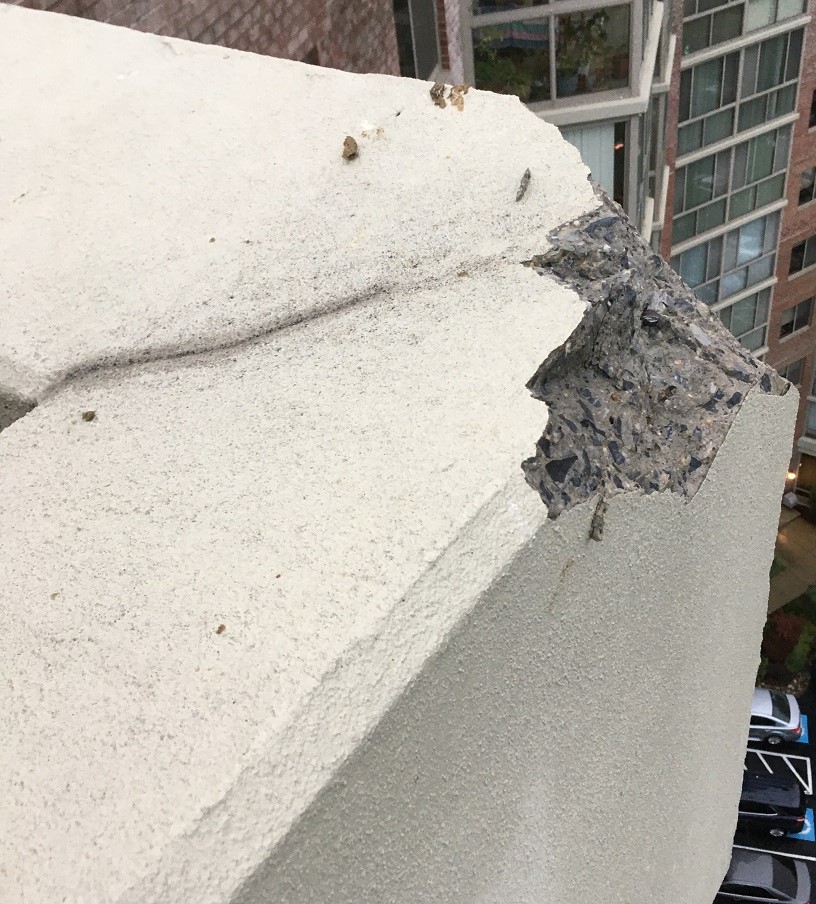

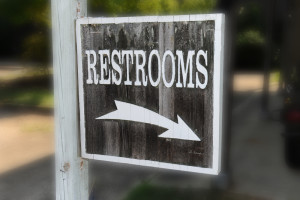







 Wood construction is no longer constrained to low rise buildings and single-family homes. New uses are emerging resulting from an expanded interest in wood with new trends impacting construction. Tall wood construction has resulted in multiple high-rise wood buildings around the world from the
Wood construction is no longer constrained to low rise buildings and single-family homes. New uses are emerging resulting from an expanded interest in wood with new trends impacting construction. Tall wood construction has resulted in multiple high-rise wood buildings around the world from the 

 With Summer just around the corner, you may want to consider converting that unused roof area into a gathering spot with a beautiful view.
With Summer just around the corner, you may want to consider converting that unused roof area into a gathering spot with a beautiful view. 


 Fitness centers are one of the fastest growing amenities in the residential and workspace market. As Americans of every age are becoming more and more health conscious, fighting against obesity or simply maintaining a healthy lifestyle requires a gym at home and/or work. Therefore, when
Fitness centers are one of the fastest growing amenities in the residential and workspace market. As Americans of every age are becoming more and more health conscious, fighting against obesity or simply maintaining a healthy lifestyle requires a gym at home and/or work. Therefore, when 
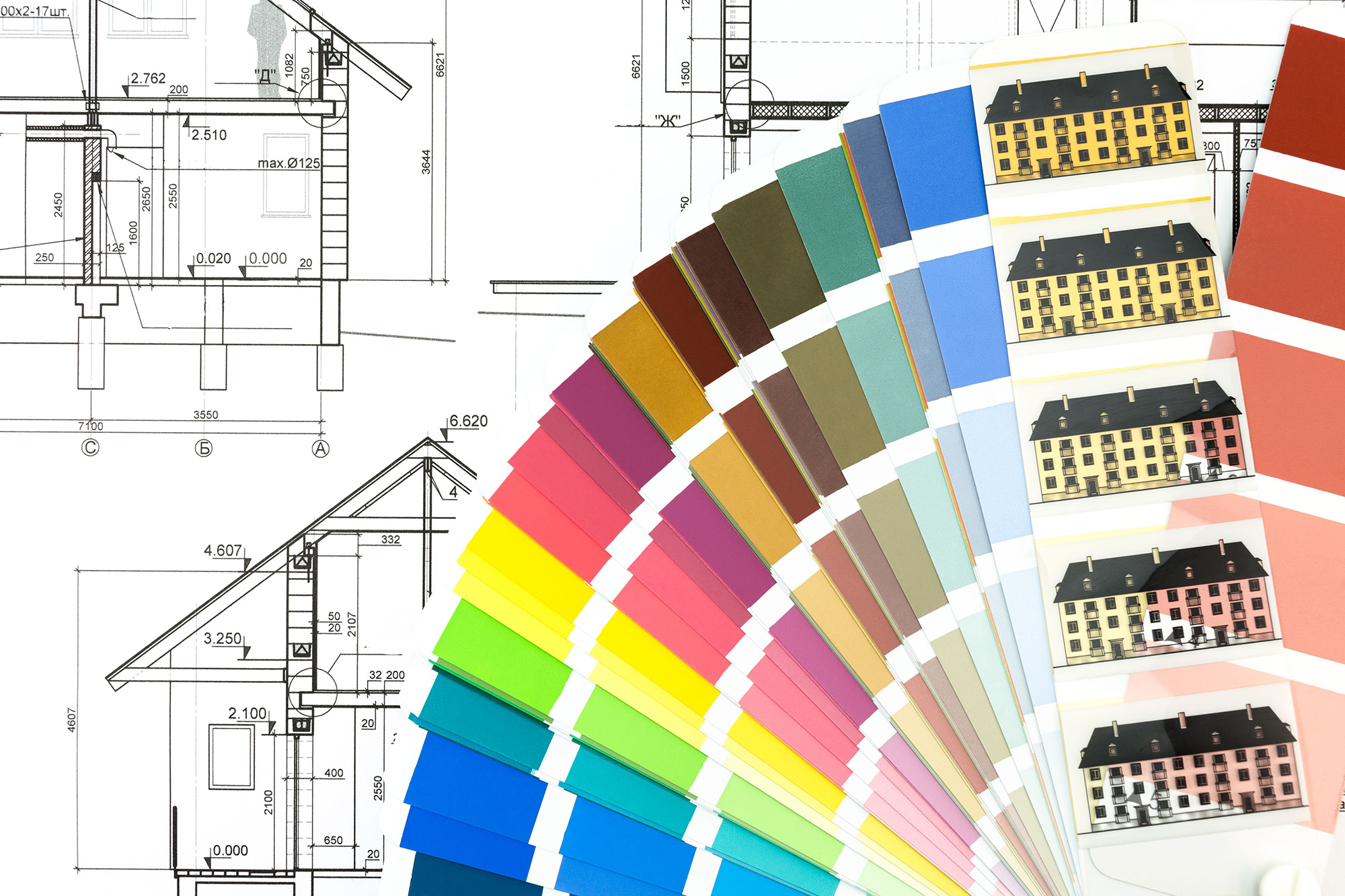

 When buying a condominium or renting an apartment, amenity spaces have become an important aspect of resident’s comfort and lifestyle. In newer developments, as the size of the apartment is shrinking, it is the amenity spaces that become the home and outlet for activities. Traditionally, a residential building has a club room, weight room and an outdoor pool, which still serves well for many communities. However, in today’s market, buyers have many new interests and requirements. In general, the trend has been leaning towards spaces that suggest specific activity areas. Here is a list of growing trends in amenity spaces that has grabbed our attention.
When buying a condominium or renting an apartment, amenity spaces have become an important aspect of resident’s comfort and lifestyle. In newer developments, as the size of the apartment is shrinking, it is the amenity spaces that become the home and outlet for activities. Traditionally, a residential building has a club room, weight room and an outdoor pool, which still serves well for many communities. However, in today’s market, buyers have many new interests and requirements. In general, the trend has been leaning towards spaces that suggest specific activity areas. Here is a list of growing trends in amenity spaces that has grabbed our attention.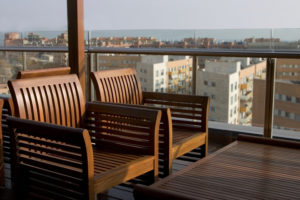 With Summer just around the corner, you may want to consider converting that unused roof area into a gathering spot with a beautiful view.
With Summer just around the corner, you may want to consider converting that unused roof area into a gathering spot with a beautiful view. 
